The magic released by drink wine can be compared to a wonderful discovery. Behind its production there are fundamental steps that define its organoleptic characteristics. The various types of wine glasses have been designed to better grasp the nuances of the wine. They talk about its history and the work done to make it arrive in the glass.
We supply all types of wine glasses of the best quality to be able to conduct targeted tastings. The design of wine glasses is not just an aesthetic requirement. It is above all experimentation to satisfy visual, olfactory and gustatory needs: the three fundamental aspects of oenological knowledge.
Before associating each wine with its glass, it is useful to mention some steps of the tasting to understand the reason for the transparency, shape and size of wine glasses.

Tasting: visual, olfactory and gustatory examination
Tasting is that very common phase in the oenological field that allows to evaluate the organoleptic characteristics of the wine. It is essential for both wineries and professionals such as sommeliers. Evaluating the wine produced, in fact, allows us to understand if the vineyard and cellar operations have given the desired results.
The wine glass is the synthesis of all this. There is no greater satisfaction in insiders than learning that goals and expectations have been met. The various types of wine glasses serve this purpose. Each wine has its own tasting glass designed to accommodate the fruit of the vine. At this point let's see how the tasting of a glass of wine is articulated:
Visual exam
The transparency of the wine glass is essential at this stage. The transparency and color of the wine are evaluated through the brilliance of the glass or crystal.
Transparency means the absence of suspended substances such as tartrates, precipitates or aging residues. As you can guess, already looking at the wine it is possible to obtain preliminary information, a preamble to subsequent examinations. Thus, we will have the following shades for the respective wines:
- White wine: straw yellow, greenish yellow, golden yellow, amber yellow
- Rosé wine: pale pink, cherry pink, light pink
- Red wine: purple red, ruby red, garnet red, orange red
Olfactory examination
The olfactory examination evaluates the hints released by the wine in the glass. Referring to the type of wine we will have:
- White wine: white fruit, white flowers, vanilla, citrus notes, fragrances
- Rosé wine: fresh red fruit, pink flowers
- Red wine: ripe red fruit, red flowers, toasted, vanilla, spicy notes
The narrow mouth of the wine glass, for example, allows to convey the fresh scents of young wines that tend to dissolve more easily. A wide mouth, on the contrary, favors a greater oxygenation of the red wine with consequent development of secondary and tertiary scents that delay compared to the primary ones.
Gustatory examination
With the gustatory examination you enter the fullness of tasting. Finally the palate can receive confirmation or denial of what has already been perceived on the nose.
In the technical field, the concordance between the two exams defines the harmony of the wine. So what to expect from wine tasting? In order for a wine to be defined harmonious it is necessary that the scents and sensations perceived on the nose are also found in the taste. To give an example: hints of marasca cherry, wild berries and spices perceived during the visual examination must also recur to the taste.
Wine glasses: types
The various types of wine glasses favor the success of the tasting, allowing the professional to reach an objective judgment. Let's now get to know them closely:
White wine glasses
The glasses for young and aromatic white wine are rather narrow glasses with a reduced opening. The following are recommended: the universal glass, the Vineas cl 35 white wine glass, the Lounge cl 37, the white wine tasting glass cl 27.
Red wine glasses
The recommended young red wine glasses, in addition to the universal tasting glass, are: Lounge red wine cl 53, Vineas red wine cl 47. Red wines with moderate refinement and aging need large wine glasses that favor oxygenation : Balloon, Universum, Magnum wine tasting glass cl 63.
Sparkling wine glass
Glasses for brut and sweet sparkling wines fall into another category. They prefer well-designed wine glasses to enhance the fragrant and fruity scents that hover through the bubbles.
Flute is suitable for the tasting of Classic Method sparkling wines, Prosecco, Champagne. The cup, on the other hand, is the recommended wine glass for sweet sparkling wines. The amplitude of the mouth favors the exposure of the sweet fruity notes characteristic, for example, of Moscato d'Asti.
These are the basic rules to not only conduct a tasting with reliable judgment but also to fully enjoy a well-preserved bottle of wine. What's better than a jolly dinner with friends? Do you agree?



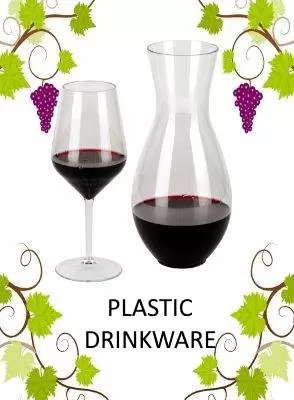








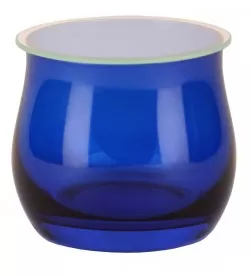










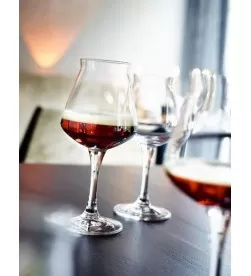









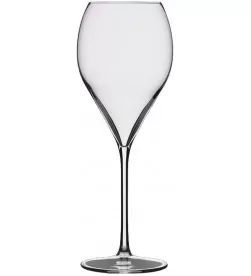

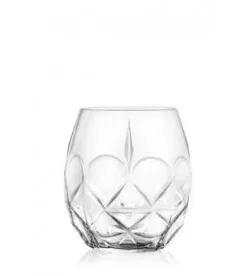










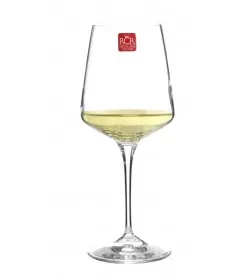









 Tasting
Tasting
 The sommelier's tools
The sommelier's tools
 Tasting events
Tasting events
 Crystal glasses and stemware: that subtle transparency
Crystal glasses and stemware: that subtle transparency
 Personalized Plastic Glasses: Quality, Design with Plastic Glasses
Personalized Plastic Glasses: Quality, Design with Plastic Glasses
 Cantine Aperte at Christmas: Wine Tasting
Cantine Aperte at Christmas: Wine Tasting
 Back to School: Learning to Taste Wine Properly
Back to School: Learning to Taste Wine Properly
 September: The Month of Harvest and Gastronomic Events
September: The Month of Harvest and Gastronomic Events